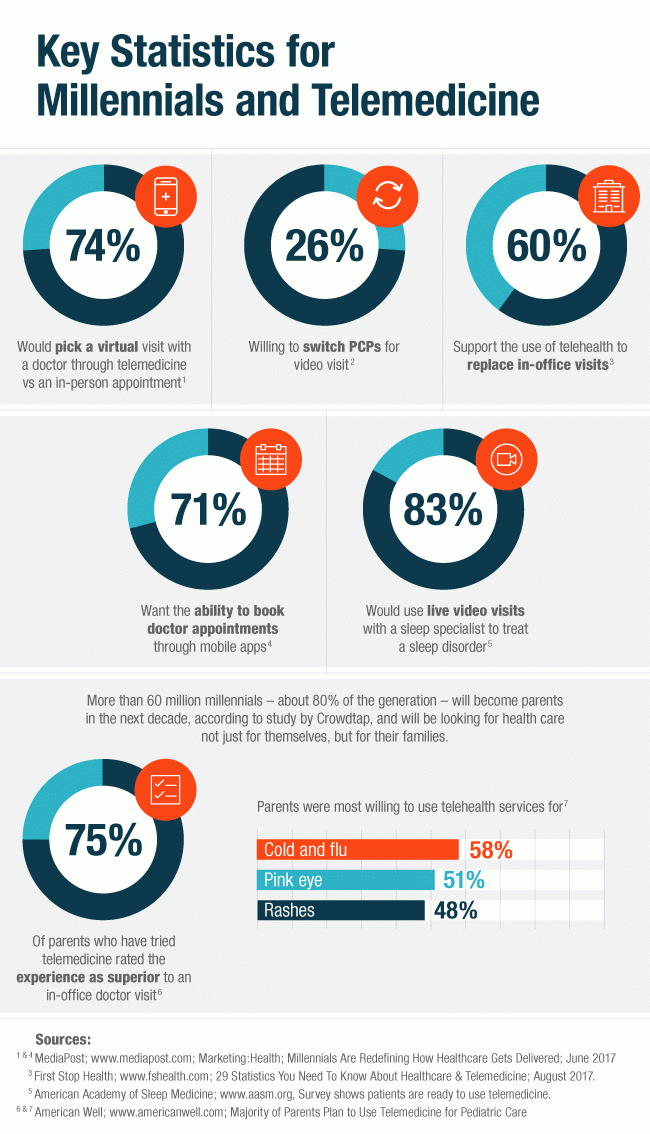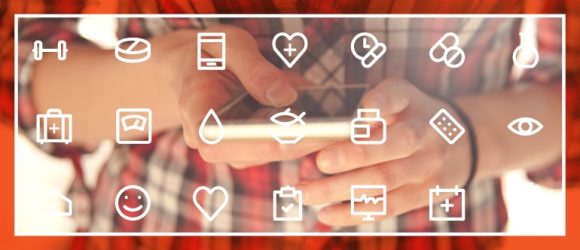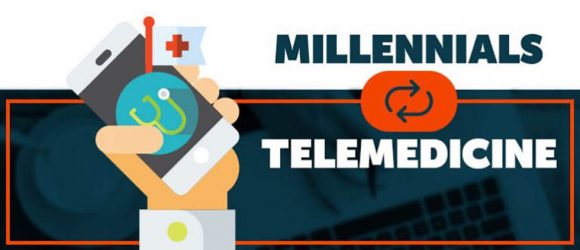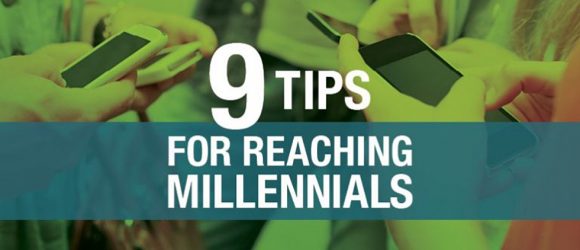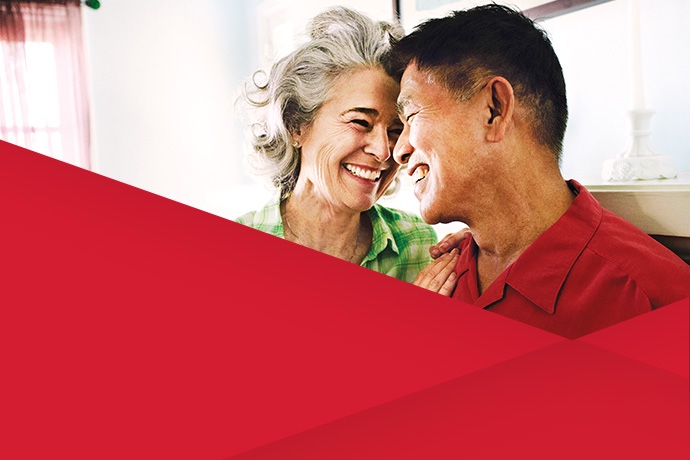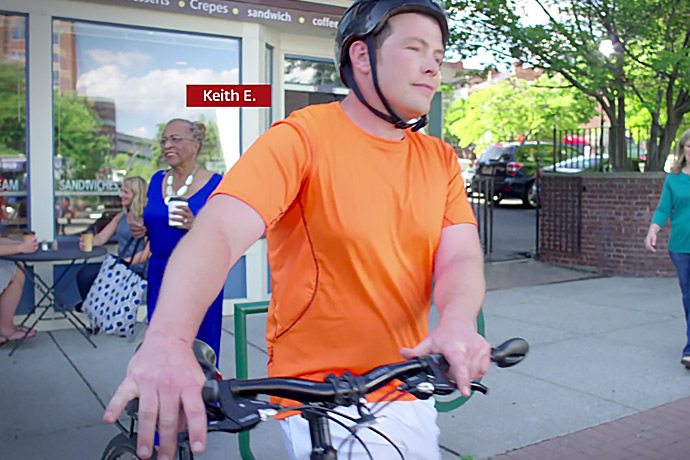6 Key Statistics About Millennials and Telemedicine
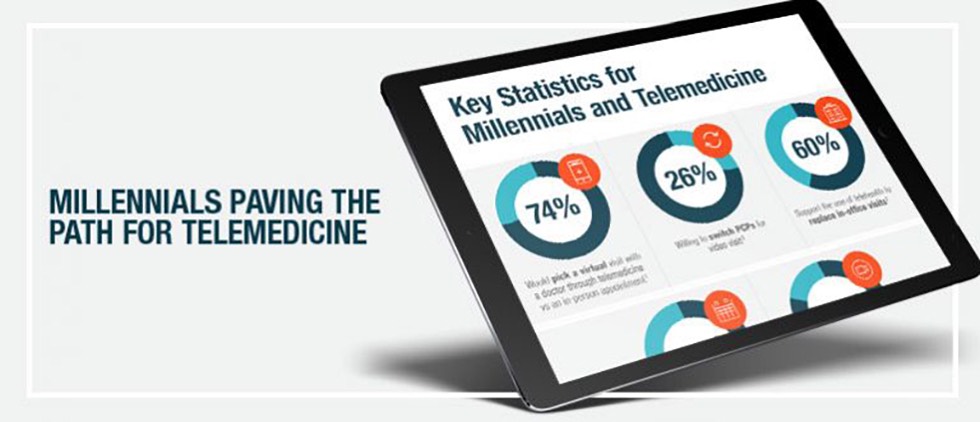
Millennials, the generation that makes up 25 percent of the US population, love snacks, Netflix and, of course, their phones. In fact, according to Nielson, more than 98 percent of Millennials own a smartphone, 83 percent claim to sleep with it and the age group checks their phones on average 69 times per day. There’s no doubt that these digital natives use technology differently than other generation. They shop online, prefer scheduling appointments online and read reviews of everything. So, it should be no surprise that Millennials are leading the adoption of new approaches in healthcare that appeal to their tech savviness. When it comes to telemedicine, Millennials may just be the tipping point for adoption of this healthcare alternative.
Despite being characterized as having a healthy lifestyle, Millennials are struggling with health issues – a problem that is compounded by the fact that they are finding it difficult to navigate traditional health systems. As we wrote in an earlier blog, Millennials are the most stressed out living generation. They are coping with debt, sleep deprivation and work stress, and their lifestyle choices are leaving gaps in their nutrition that could lead to obesity, anxiety and other health conditions. Even with these health issues, Millennials aren’t seeing doctors primarily because they are concerned with the costs of healthcare expenses. The question, then, is how can healthcare reach Millennials when 28 percent don’t have a primary care provider and another roughly 40 percent don’t have a relationship with their primary? New approaches are needed and evidence suggests that telemedicine may be the perfect fit for this tech savvy, cost conscious generation.
Here’s a look at how Millennial perceptions are paving the way for telemedicine to be used to get this generation on a path to healthiness:
